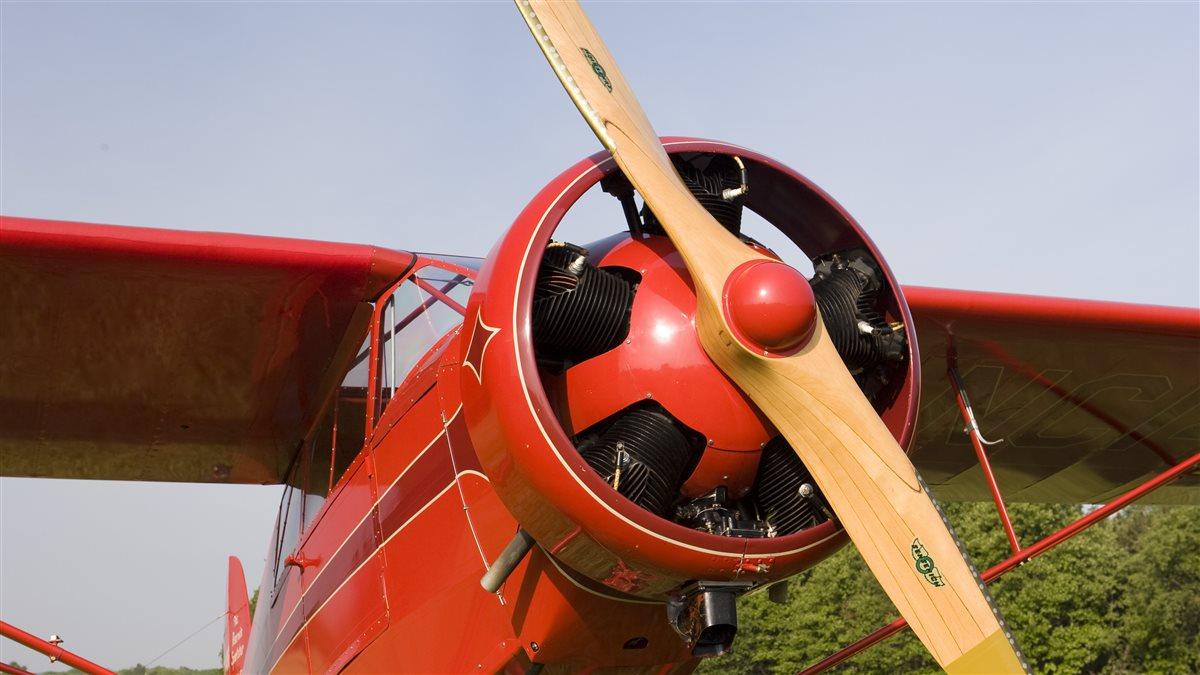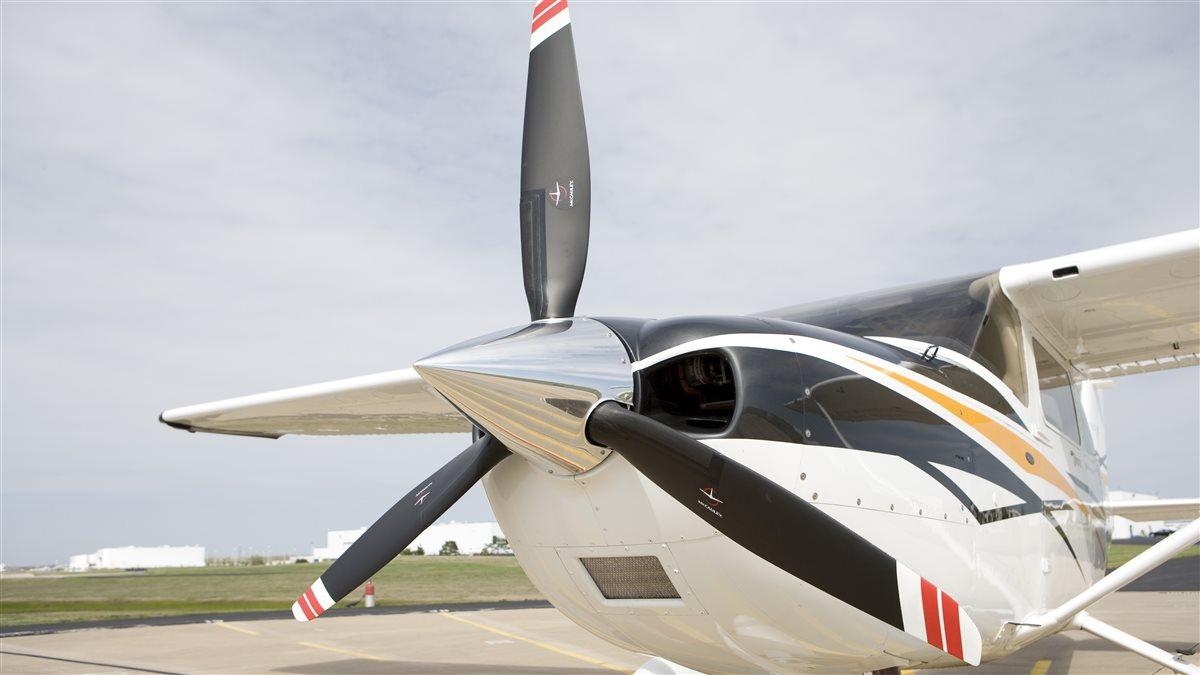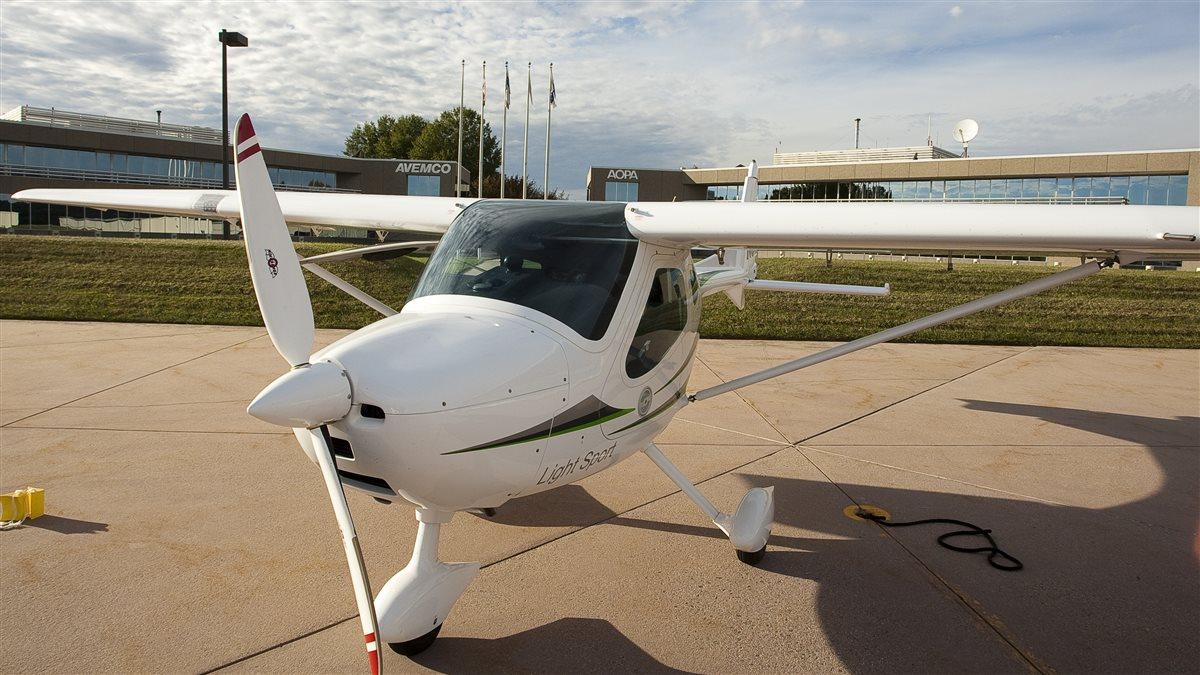What am I?
Taking airfoils for a spin

The Wright brothers realized that propellers are airfoils, just like your aircraft’s wing. As the engine turns the propeller, airflow over the airfoil generates the thrust that pulls (or pushes, in the case of the Wright Flyer or, for example, the much more modern Icon A5 seaplane) the airplane through the air. Since the propeller tip travels much faster than the airfoil at the hub, the angle of incidence there is much flatter to produce uniform lift. That’s why propeller blades are twisted.
Small airplanes have either fixed- or adjustable-pitch propellers. Fixed-pitch propellers are the simplest; the blades are set at an angle that is most efficient in either climb or cruise. Since the angle cannot be adjusted for a given airspeed and rpm, a climb propeller will have lower performance in cruise and vice versa.
Adjustable-pitch propellers include ground-adjustable propellers as well as constant-speed propellers, which change pitch in flight by a governor maintaining constant rpm. Constant-speed propellers are more efficient in a variety of conditions.
Some propellers even change pitch so much they can reverse thrust. This is more common in turboprop aircraft, but it also may be used for seaplanes, which cannot rely on brakes to stop.
Most trainers have two-blade propellers, but many high-performance models sport three-blade propellers—or four, or even five. The extra airfoils enable shorter blades, providing greater ground clearance; and in many cases, the configuration reduces noise.
Turboprops typically have longer propeller blades than piston aircraft, so they must run at a lower rpm to prevent the tips from reaching transonic speeds. That’s why turboprop propellers have a steeper angle of incidence than piston aircraft’s.

 Wood
Wood Metal
Metal Composite
Composite

